Let’s start with some numbers regarding the Textile Industry in order to have a better understanding of the impact that textile recycling can have. The Textile Industry represents about $1 trillion worldwide. This number includes all type of textiles, the more traditional like apparel, footwear bags but also textile that we might not see like underlayment for home insulation, tires reinforcement, and agricultural membranes. And obviously this is not an exhaustive list.
Even with limited knowledge of the textile manufacturing processes, it is easy to understand how big the impact of recycling can be on our planet. There are 3 main approaches that can be discussed when talking about recycling in the Textile industry; the first one is recycling of textile to create something new, the second one is to use old materials to make new textile and the last one is to recycle the resources needed to produce the textile.
Let’s start with the first aspect: recycling of textile
This approach targets mainly post-consumer items and scraps from the converting processes. What this means is that items not directly reusable are sorted depending on their colors, type of material and so on. The textile is then shredded and cleaned in order to make new yarns for weaving mills to make new flat fabrics or just used as fibers to make nonwovens, insulation or building materials.
This very straight forward process has a major impact on landfills. According to the Environmental Protection Agency, on average one person throws away 70lbs of clothing per year which represents about 3.8 billion lbs. of waste into landfills that could be reused. Two other impacts are the reduction CO2 emission and water consumption. As an example, 1kg of recycled textile can reduce CO2 emission by 3.6kg and water consumption by 6000L, use of fertilizers by 0.3kg and use of pesticides by 0.2kg according to a study made at the University of Copenhagen in 2008.
The brands have been aware of interest by their customer for eco-friendly labels and have been really creative. For example, Keen is using old airbags to make its “harvest collection” of bags and wallets.
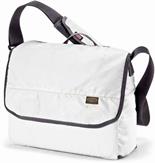
A second aspect is recycling old materials to make new textiles
These old materials can be anything from PET bottles to extrude and weave polyester to a jolt of caffeine to make active wear like Moving Comfort and its collection called S.Cafe. The only limit to this approach is the creativity of the chemists, engineers and designers.
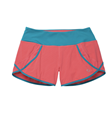
Finally, recycling resources to produce textile
The textile manufacturing process is a heavy consumer of water. Most of the processes involved in making fabric and nonwovens, from scouring, bleaching, and dyeing to finishing, are done in a water bath. As an example the textile industry in India uses about 425 million gallons of water a year. Since water is used, the fabric or nonwoven needs to be dried – and that uses a lot of energy. The textile industry also consumes a lot of crude oil. This resource is not renewable.
In order to minimize its impact on the environment, the textile industry has spent decades developing ways to reduce its consumption of these resources by recycling and reusing. One of the last examples of conservation to date is Levi’s patented method to reuse water during its finishing process for manufacturing jeans. The experiment started with Chinese suppliers. This process saves about 12 million liters over all for the production of 100,000 pairs of Jeans.
Consumers also need to realize that recycled goods are up to the same standards as brand new items. There is no issue of cleanliness or lower quality. Technology has come a long way. In order to illustrate this, here comes a little quiz; which of the following are from recycled materials and which are not?
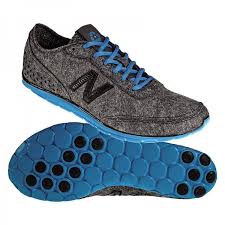 A
A 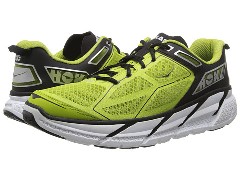 B
B 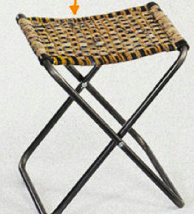 C
C 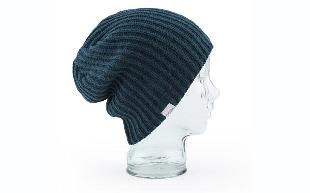 D
D 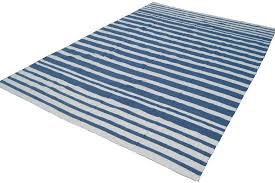 E
E 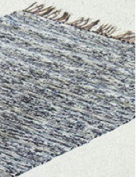 F
F
Which is made from recycled materials?
A: the upper material comes from 8 recycled PET bottles
C: made from the in and out seams of 9 pairs of jeans
D: made from cotton scraps and clippings from manufacturing. The color results from the recycled materials therefore no additional dyes were used.
F: made from the remaining parts of the 9 pairs of jeans used for C